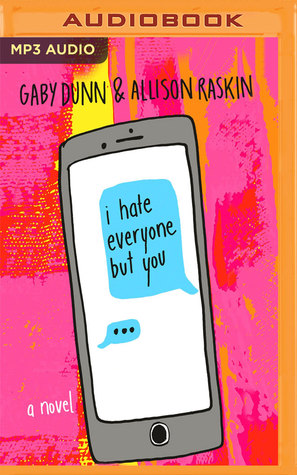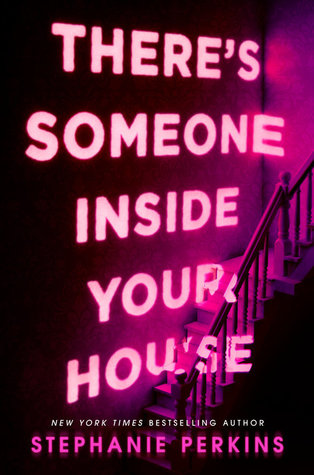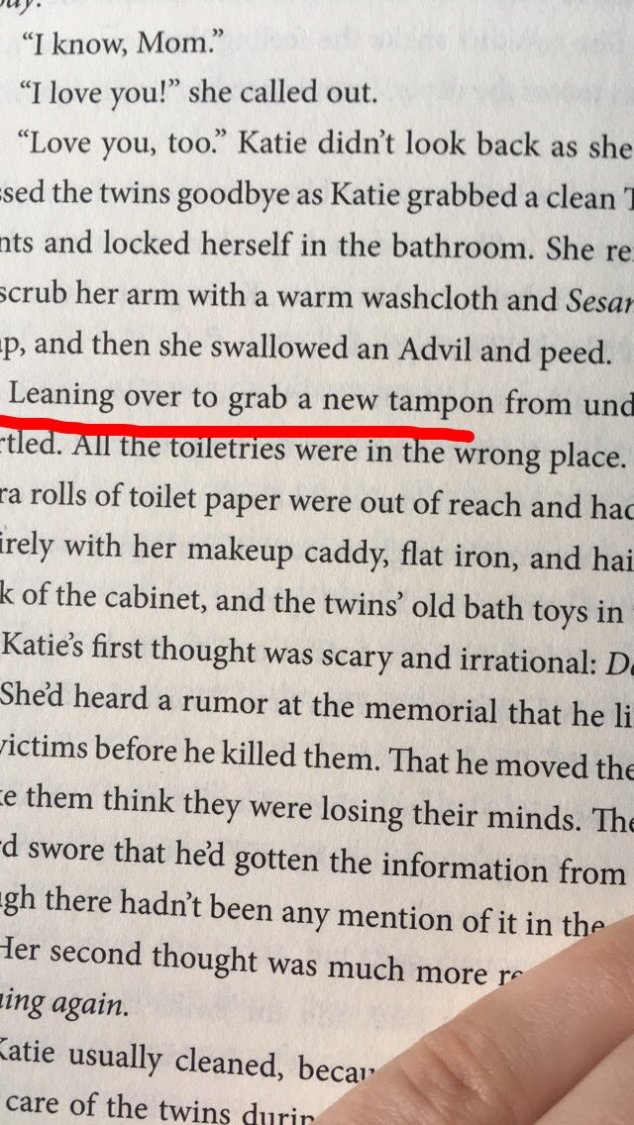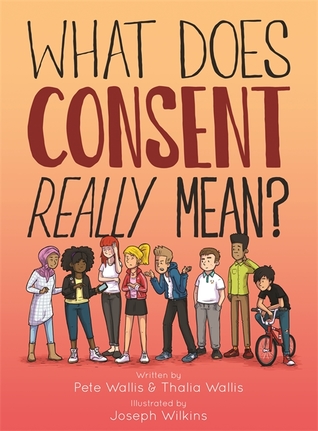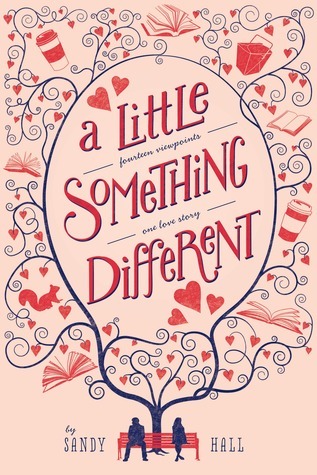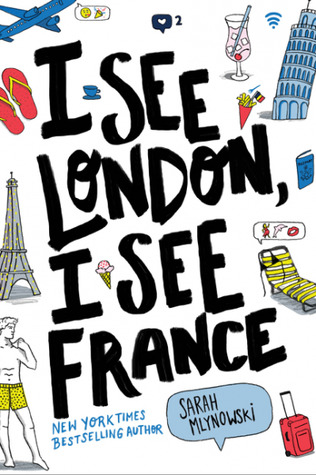
I See London, I See France




I see London, I see France, I see Sydney’s underpants.
Nineteen-year-old Sydney has the perfect summer mapped out. She’s spending the next four and half weeks traveling through Europe with her childhood best friend, Leela. Their plans include Eiffel-Tower selfies, eating cocco gelato, and making out with très hot strangers. Her plans do not include Leela’s cheating ex-boyfriend showing up on the flight to London, falling for the cheating ex-boyfriend’s très hot friend, monitoring her mother’s spiraling mental health via texts, or feeling like the rope in a friendship tug-of-war.
As Sydney zigzags through Amsterdam, Switzerland, Italy, and France, she must learn when to hold on, when to keep moving, and when to jump into the Riviera…wearing only her polka-dot underpants.
First of all, I’ve gotten a lot of new subscribers in the last week or so, and I just want to say thank you and welcome! I’d love if you could tell me in the comments how you found this blog so I know how to reach even more readers!
This novel was a really fun ride from start to finish. Think Maureen Johnson’s 13 Little Blue Envelopes meets Euro Trip. Sydney and her best friend Leela are no strangers to boys, but when the book starts it has been a while since Sydney let herself have much fun. She’s taken on the burden of her mom’s agoraphobia and allowed it to distance herself from her friend.
I liked that Sydney and Leela’s friendship felt deep and genuine right away. There was no need to set it up or provide much backstory because their chemistry and the way they interacted spoke volumes. I also liked that Leela’s codependent personality revealed itself in stages which simultaneously allowed the reader to feel towards her the same way that Sydney did, at the same pace. For example, it’s not as if she was written to be really annoying but the reader finds her that way before Sydney does. Instead, as the reader I found that my feelings for her changed and developed as the character developed, which is really strong writing in my opinion.
There are, of course, boys, and lots of them. While it was fun to watch Sydney explore various dalliances and play with romance, nothing was super steamy or exciting. Even when the main love interest gets on the scene, I wasn’t desperate to flip the pages to get more of him. Not that he was written badly or even boringly–I just didn’t get the tingles when I read about them.
The book also lacks in setting description. Sydney and Leela are travelling through all of these incredible places across Europe, but there are no visual details provided. I felt very much like Sydney had tunnel vision, focusing mainly on Leela, the boys, and her phone. I wanted to snap my fingers in her face and say, “Look up, lady! I want to know what London looks like!” It was definitely a weakness that resulted in me feeling somewhat removed from the story.
However, the pacing is very fast and the characters are well developed. It definitely has the feel of being the first of a series because you are left with a few unanswered questions and what I would call “problems” that still need to be resolved by the characters. For example, I don’t think Leela and Sydney’s friendship is going to last if Leela doesn’t grow up a little bit. I also NEED to know more about Kat. Honestly, I hope the sequel focuses solely on Sydney’s upcoming school year; her adventures with Kat were hinted at and I want to see that in detail, and I want to see how she navigates her new long-distance relationships. Plus with her mom on the road to recovery and her sister possibly going down a self-destructive path, there is so much story to be read there! I’m really excited. I’m sure she doesn’t need it, but if the author ever wants someone to bounce ideas with, I’m here.
I definitely recommend it and hope you will all grab yourself a copy. A great start to my 2018 Reading Challenge for sure!
Links



